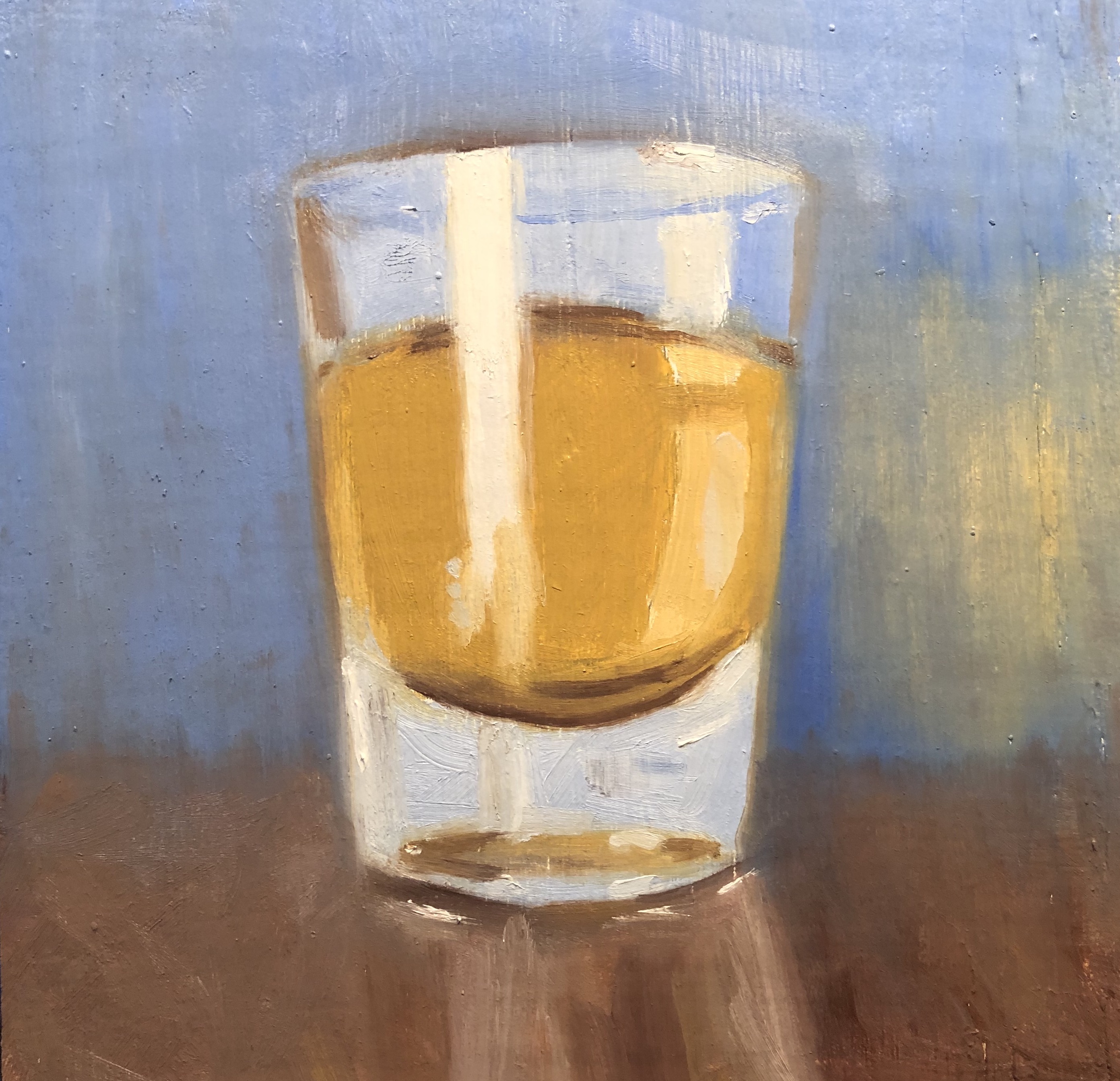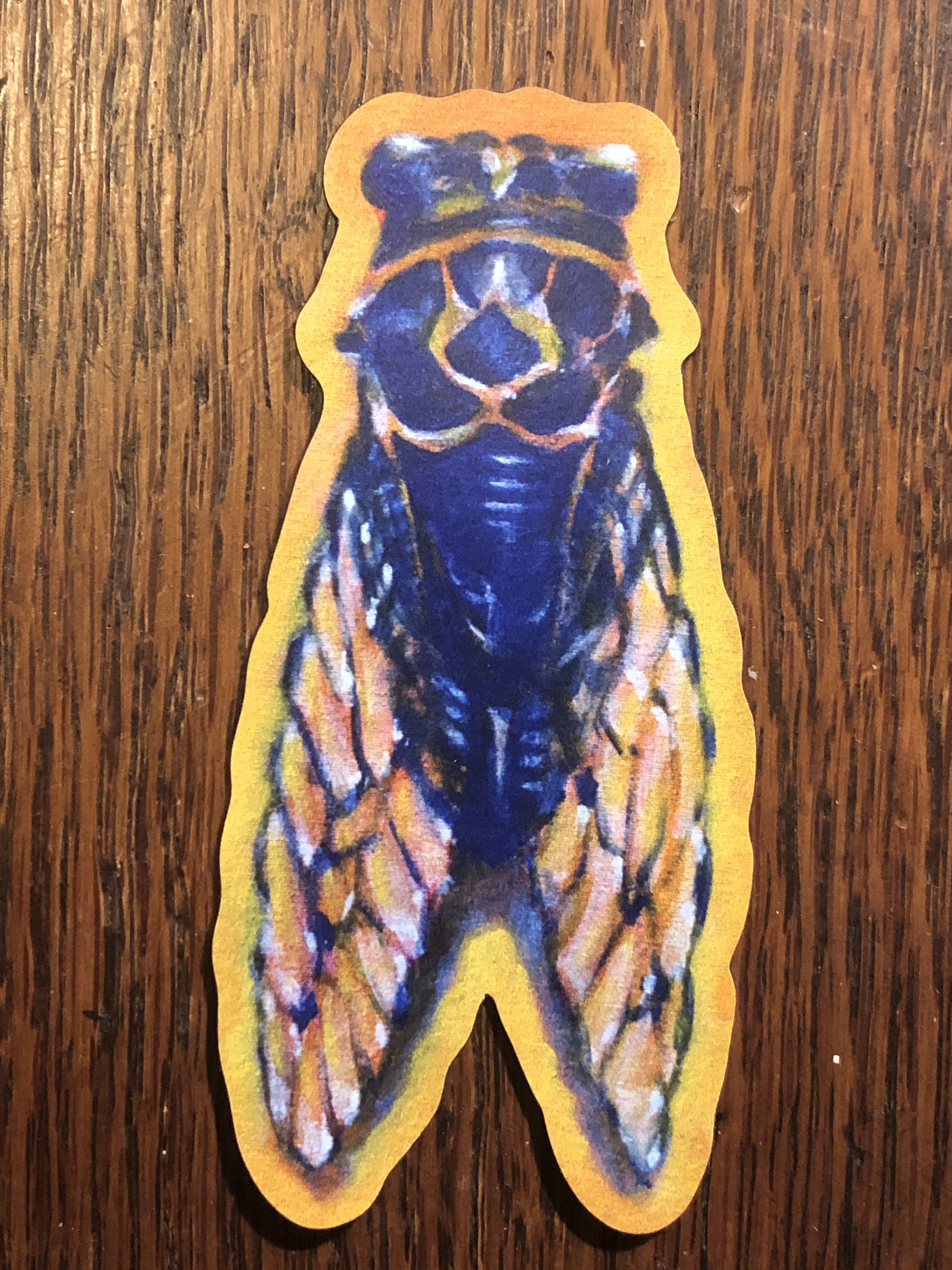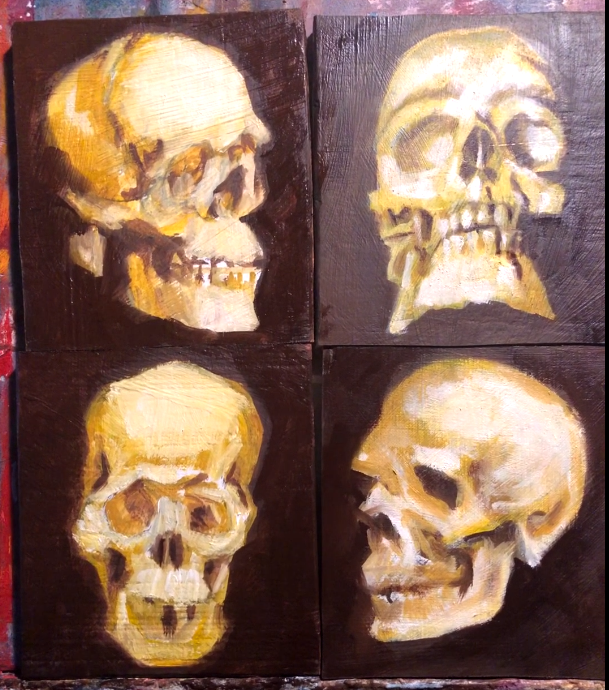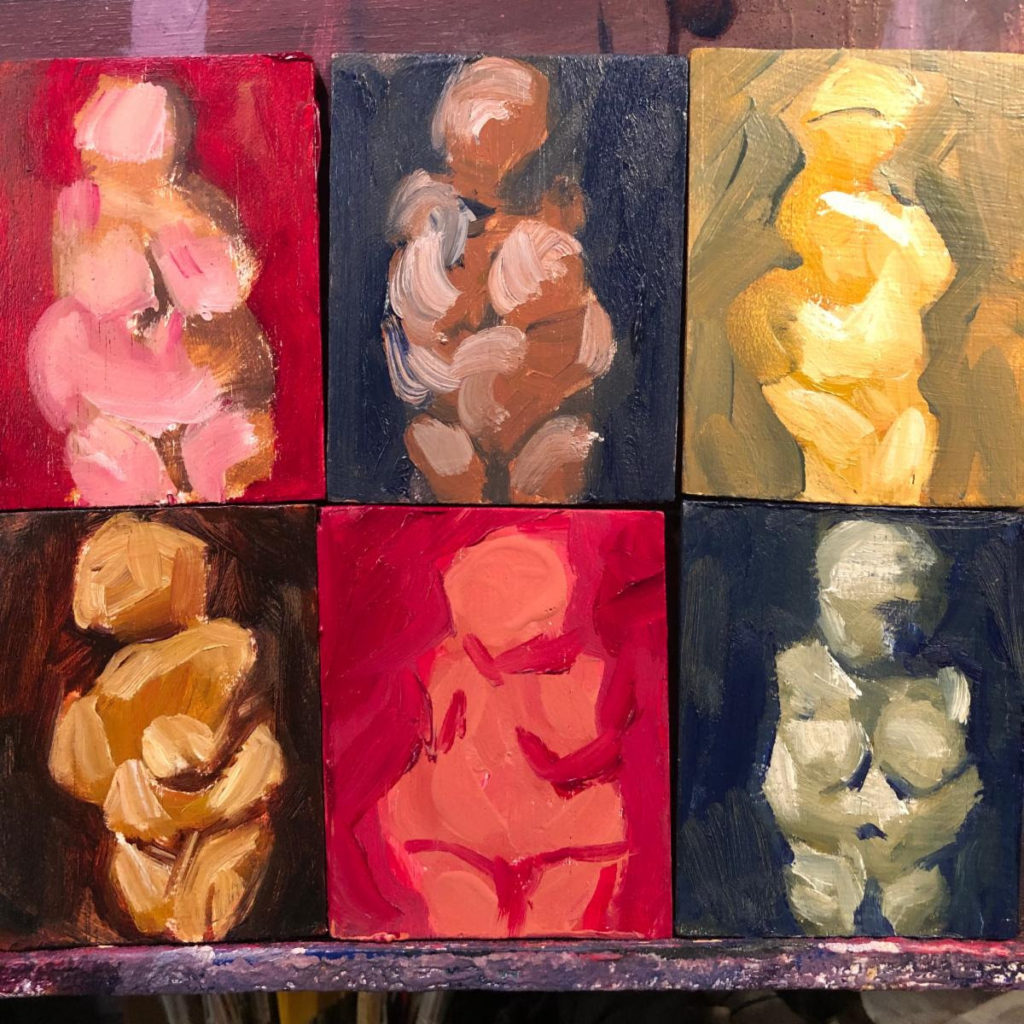 I developed a super-power during the Miasma and I think you can too. It requires a bit of maintenance, though so far, it’s worth the effort. My Amazing Origin story: In recent months, I’ve taken remote art classes from first-rate instructors several time zones away. One class was Quick Figure Sketching with Eric Gist at the Watts Academy. We practiced very quick sketches of different poses, from a few seconds to a few minutes, then got expert instruction on how to improve. Quick sketch trains decisive and bold mark making and it gave me hands on experience with how few lines are needed to suggest form. I was QUITE out of my league, incidentally, surrounded by atelier-trained students from all over, and it was still a great experience. The instructor Eric has a patient manner that I found really encouraging. He would take each student’s drawing and, using a digital onionskin, draw over top to show better lines. I found it very helpful to SEE what a better choice did for more expressive gestures and tone. Quick sketch isn’t much time, barely enough to get down the tilt of the head, the shape of the torso and the general flow of the limbs. And that is plenty to accomplish, at least at first. Gradually, I became able to sense how each figure balanced its weight and somewhat slower, I was able to suggest that weight distribution. Eric would demo different approaches to various poses and as the class developed, his demos included suggestions for indicating how light wrapped around the figures, turning 2-d shapes into the illusion of 3-d forms. Shadows, in other words and not even blocks of darker tone, just the line where the figure would break into light and dark areas, maybe a suggestion of what kind of edge that transition occurred. And gradually, I also found myself able to make the best marks I could for those structure and gesture indications, and then to start suggesting shadow value. There was just so much to see and draw in such little time. Seeing value, the relative light and dark, is the super power I acquired, and like a bite from a radioactive charcoal stick, it was unexpected. I discovered that I had this power — at least fleetingly — one day as was looking at a reference photo. I remember thinking, “Wow this is a REALLY good photo because I can really see all the value differences. I wonder if there’s a Photoshop filter that does this?” I continued scrolling through the site, marveling at all the wonderful value range of these incredible photos… and it was only later that I realized the change — the Photoshop filter so to speak — had been applied to my eyes. I was able to see value and edge, maybe not quite as sexy as seeing through walls but pretty amazing. It wears off, I find without diligent practice of a few minutes every day or a good hour or so once a week. The ancient Greeks theorized about how eyes worked, partially because they were curious about everything in the world and had working theories about all manner of things. Empedocles, I believe, came up with the idea that rays shot out of our eyes, “illuminated” an object so to speak and then traveled back to the viewer. The emission theory of sight was like a visual version of sonar. Spoiler: This is not correct if we assume that these rays are light. Light comes from a source, bounces off objects then travels TO our eyes. Our eyes do not emit beams of light. At least mine don’t. And still, there is a way that my superpower is a way of “shooting out” a set of ideas, a prejudice of sorts, a pre-seeing. I learned to look for blocks of tone and the subtle shifts between them, the edges. I suspect that my super seeing ability required gaining new words for those edges; hard, firm, soft, lost… And at least so far, my ability requires that I DO something with the observation, that I attempt to record the visions with marks on paper. With much power comes much responsibility, I guess. Eyes are incredible and seeing can be difficult. There are many very different ways of seeing. We observe and track the kinds of data that is important to us and seeing is one of the most immediate ways we are open to our worlds. It’s not lost on me that as I was acquiring this super-seeing ability that there was a national discussion about “seeing race.” I am still learning that super-power, the one that helps me be a more compassionate and just human. Like learning value and edge, seeing white supremicist culture requires learning new words and it requires actual actions and practice or else it fades away. I’m still working on a sketchbook for that. WHAT ARE YOU LEARNING TO SEE? And what are you learning to DO with that super power. It’s worth repeating that “With ability comes responsibility” no matter how great or modest is the power. Our practices can also be as modest as a few minutes spent with a stick of charcoal. What kind of a super hero are you preparing to be tomorrow? |
| In addition to the obligatory link to my ON-LINE ART STORE — I have a request. If you know someone who might get a kick out of these newsletters, who might be a member of the Tribe, PLEASE OH PLEASE forward it to them. And if you have received such a forwarded message, consider joining us with this subscription link: https://lp.constantcontactpages.com/su/jX0Ddba It’s my once-a-week reflection on what it’s like being creative during the past week, designed to help you spot more resources and opportunities you may have overlooked. You in? |
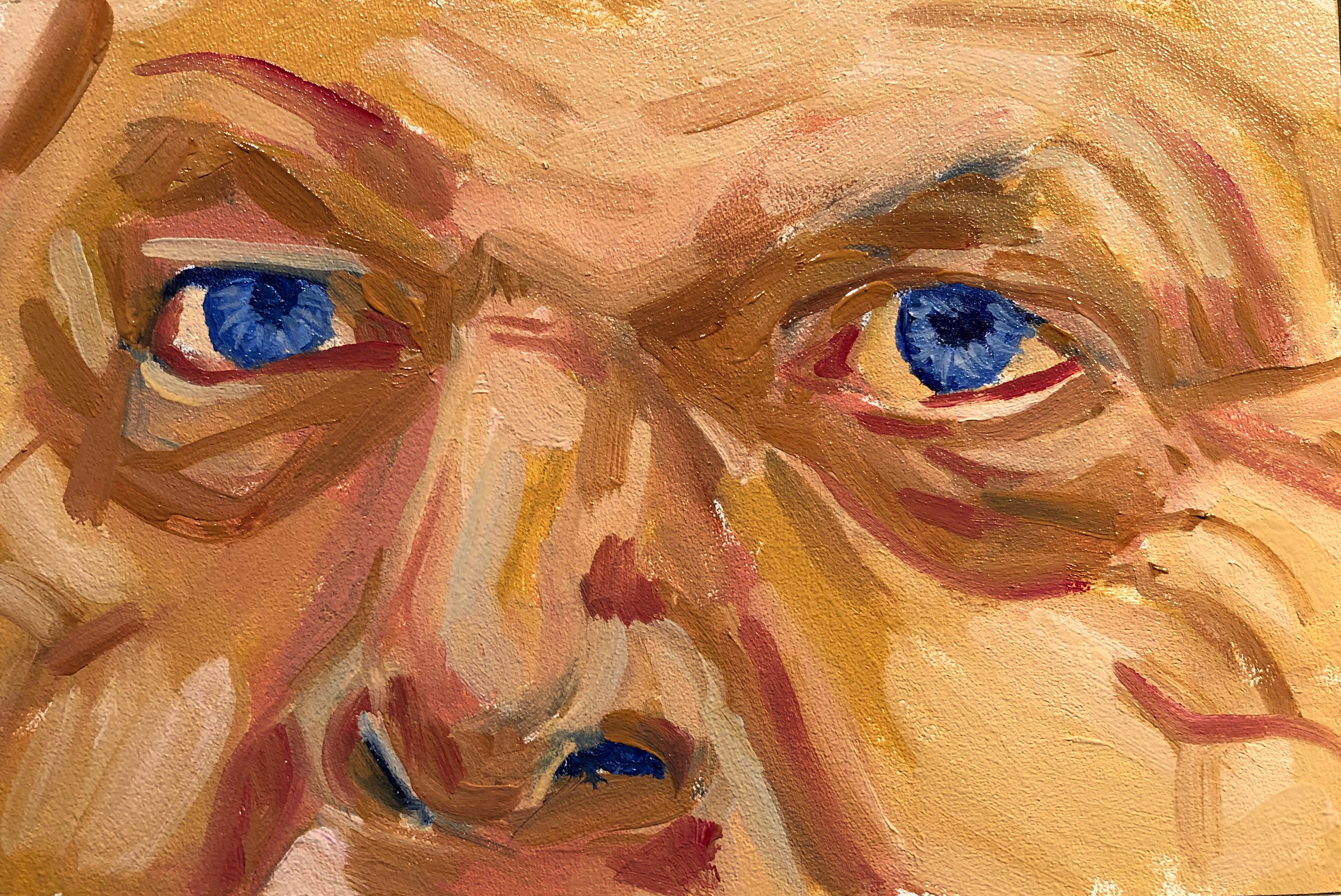






 I DESTROYED three drawings last week and it felt GREAT
I DESTROYED three drawings last week and it felt GREAT


 One astute reader last week noticed that my Blue Mama stickers and magnets were NOT YET available in my
One astute reader last week noticed that my Blue Mama stickers and magnets were NOT YET available in my 


